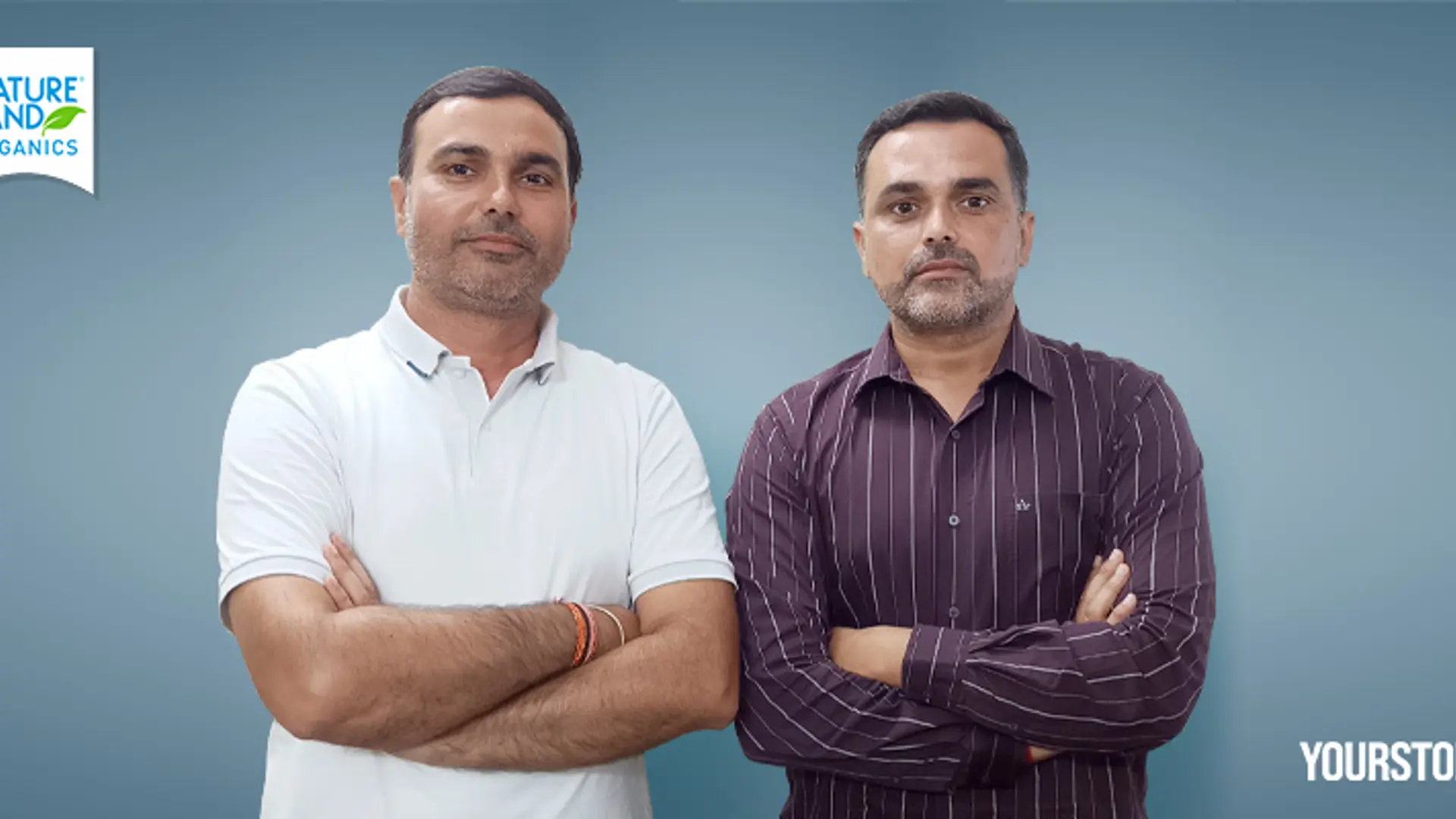Ground-breaking tech from IIT-Madras to provide electricity to 300 million Indians
Shaitanram, a farmer from Likhmasar village on the edge of the Thar Desert, Rajasthan, has for the first time this year tasted the benefits of having electricity in his home and says “his five-member household has literally seen a new dawn,” said NDTV. Shaitanram is one of the early beneficiaries of a new disruptive technology being spearheaded by the Indian Institute of Technology (IIT) Madras which promises to brighten the lives of the 300 million Indians who have no access to assured electric supply even today.

Shaitanram’s 58 household village is part of Phalodi, a small town in Rajasthan that recently hit headlines as it sizzled at 51 degrees Celsius, the highest temperature ever recorded in India. In the heat and dust unknown to many, a quiet revolution in electrification has also been unfolding at Phalodi. A bunch of energetic engineers from IIT, Madras has been lighting up homes there using DC or Direct Current. The omnipresent electrification standard in India is by using AC or Alternating Current. A revolutionary new approach to supply electricity is being perfected amid the sand dunes of Jodhpur district.
Professor Bhaskar Ramamurthi, Director of IIT, Madras calls it potentially a game changer technology. “It is not a new invention but the world had abandoned using DC power to electrify homes,” he says. Today in India, the out-of-the box thinkers from IIT Madras are reviving DC power as a potential solution to India’s electricity woes. A disruptive solution that holds a lot of promise and could be the key driver for Prime Minister Narendra Modi’s promise of providing electricity to every household by 2022. Especially as a solution for isolated hard to reach hamlets.
The novel Indian technology also helps cut down greenhouse emissions and is very environment friendly and hence under Energy Minister Piyush Goyal’s leadership the Ministry of Power is pushing hard to field test the technological fix being offered by IIT, Madras. There are many villages in Phalodi that are still not connected to the grid and for whom light after sun down still means a smoky kerosene lamp. This is the setting where IIT Madras has intervened with what they call an “inverter-less power supply”.
Earlier, in 2015, Yourstory published an article on how students of IIT-Madras had started work on providing electricity in Rajasthan.
To stay updated with more positive news, please connect with us on Facebook and Twitter.







